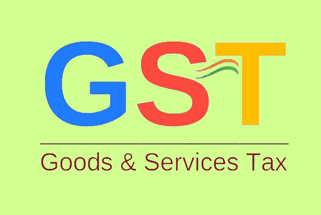

About Goods and Services Tax (GST)
Goods and Services Tax (GST) is a value-added tax that is levied on the supply of goods and services in many countries around the world. The primary aim of implementing GST is to simplify the indirect tax structure, eliminate cascading effects of taxes, and create a unified national market.
Tax Structure
- GST is a comprehensive tax that subsumes various indirect taxes such as central excise duty, service tax, state-level value-added tax (VAT), and others.
- It is a destination-based tax, meaning it is levied at the point of consumption, and revenue is collected by the state where the goods or services are consumed.
Dual GST Model
- Many countries, including India, follow a dual GST model where both the central and state governments impose GST on the supply of goods and services.
- Central Goods and Services Tax (CGST) is collected by the Central Government, while State Goods and Services Tax (SGST) or Union Territory Goods and Services Tax (UTGST) is collected by the respective state or union territory governments.
Input Tax Credit
- One of the key features of GST is the availability of input tax credit. Businesses can claim credit for the taxes paid on their purchases of goods and services, which helps avoid the cascading effect of taxes.
GST Council
- In countries with GST, there is usually a GST Council or a similar body comprising representatives from the central and state governments. This council is responsible for deciding tax rates, exemptions, and other policy matters related to GST.
Tax Slabs
- GST typically has multiple tax slabs for different categories of goods and services. The rates can vary based on the essentiality and luxury status of the items.
Compliance and Filing
- Businesses are required to register under GST and comply with various filing requirements, including monthly or quarterly returns. Compliance ensures transparency and accountability in the tax system.
E-Invoicing and Technology
- Many countries have adopted electronic invoicing systems to enhance transparency and streamline the tax collection process. Technology plays a crucial role in GST implementation.
Exemptions and Threshold Limits
- Certain goods and services may be exempted from GST, and there are often threshold limits below which businesses are not required to register for GST.





